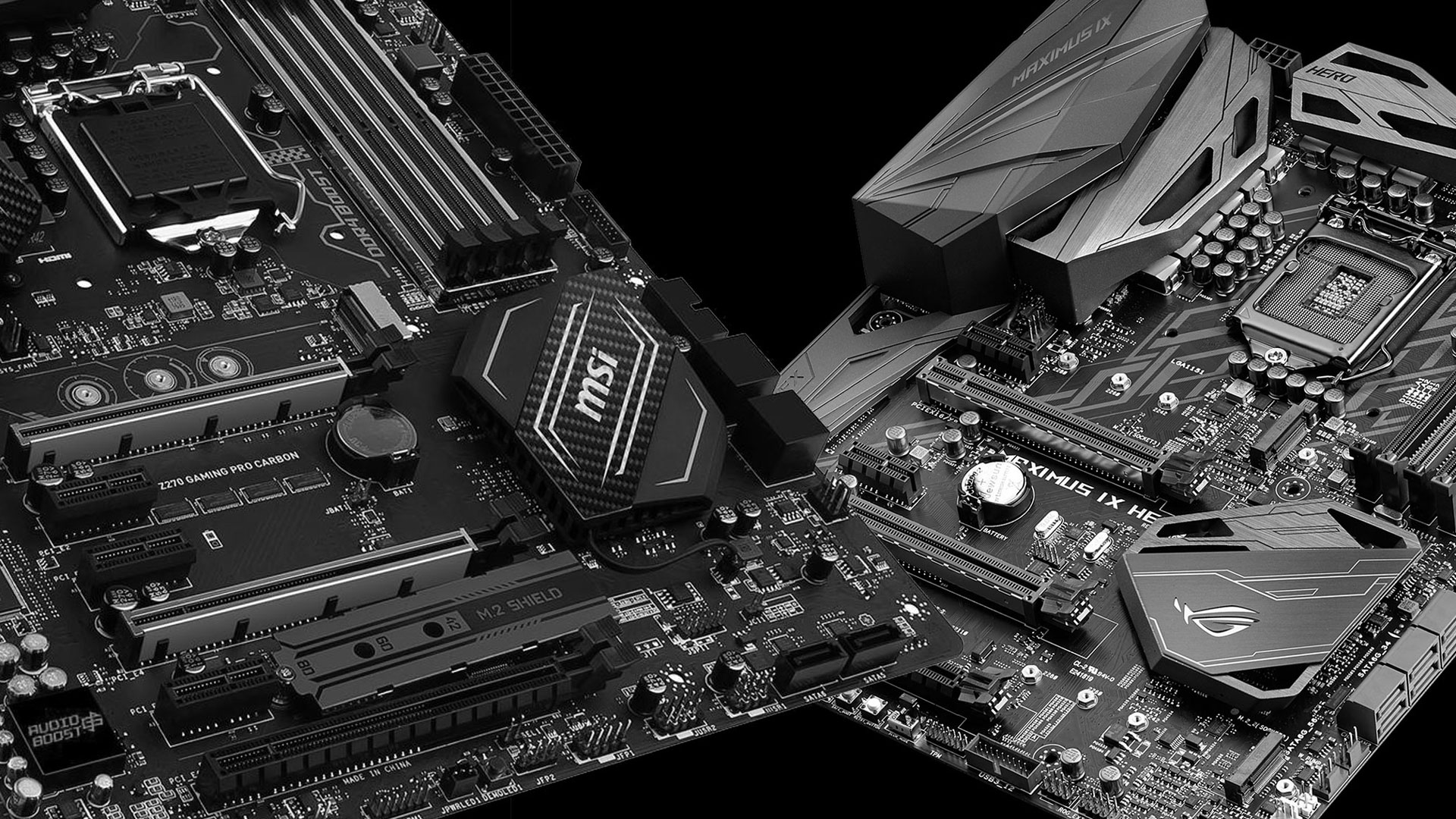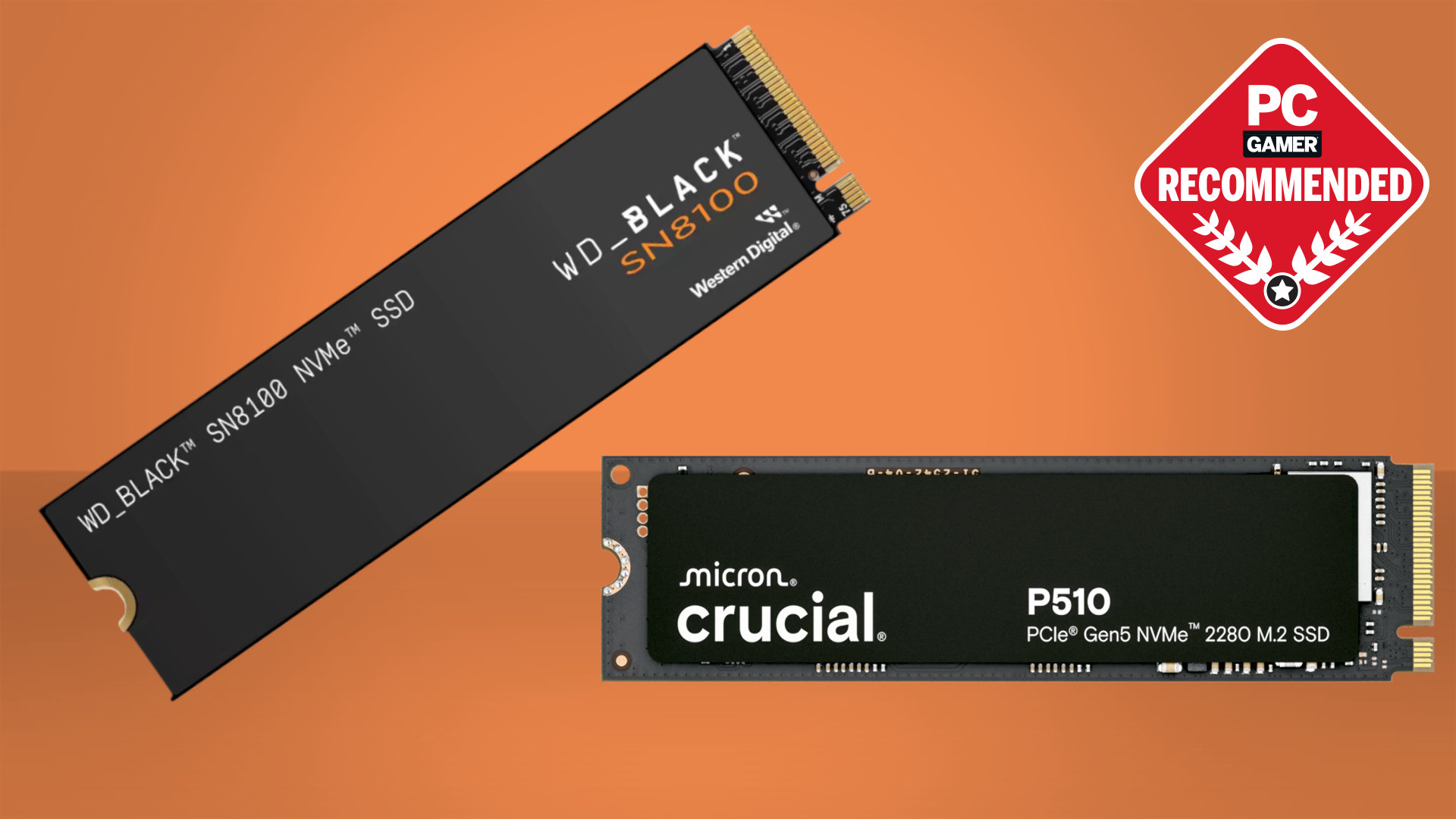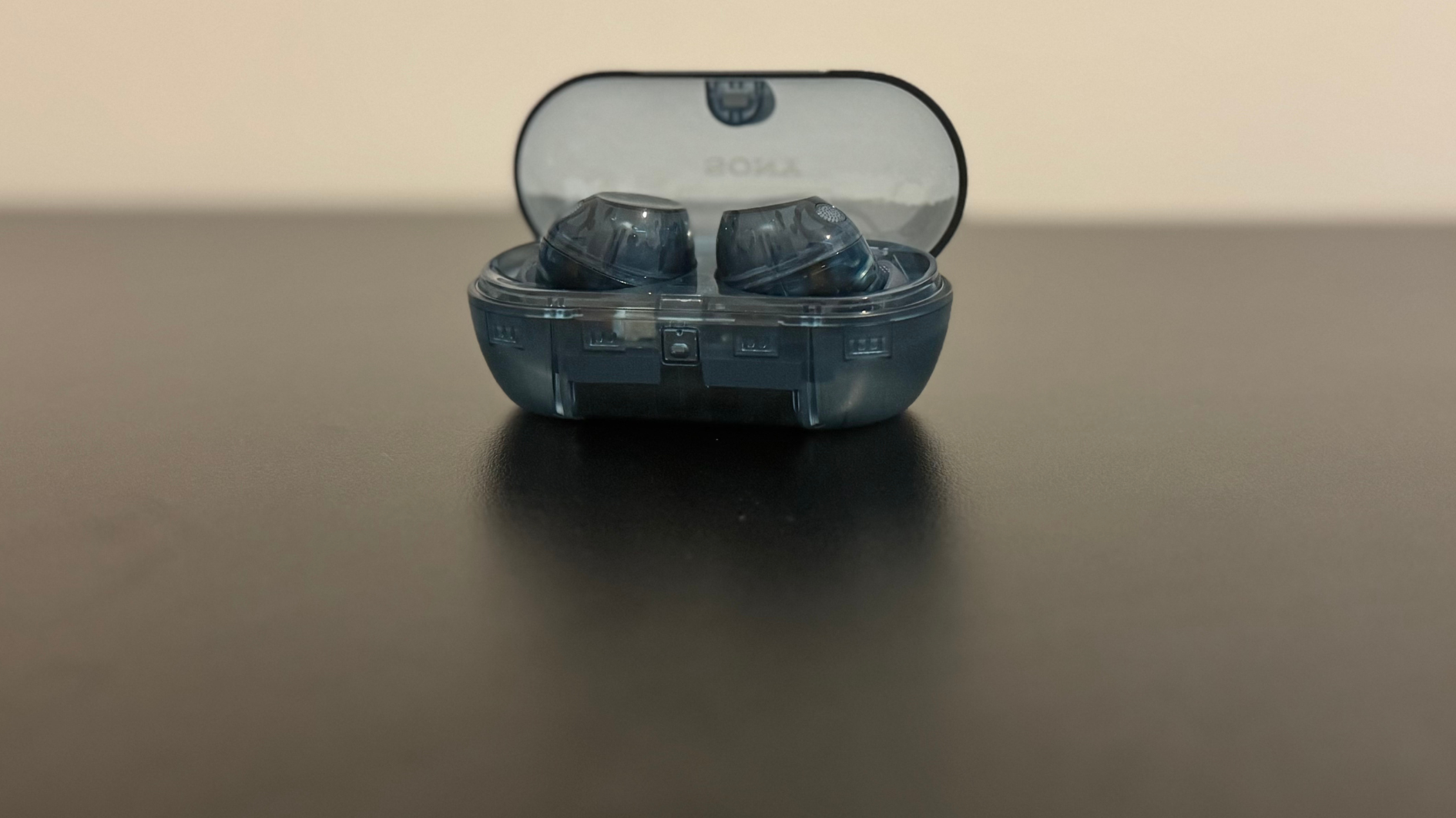The best Z270 motherboard
Buying Guides
By
James Norris
published
Intel's mainstream LGA1151 platform is the best place to start for most gamers.

The biggest gaming news, reviews and hardware deals
Keep up to date with the most important stories and the best deals, as picked by the PC Gamer team.
TOPICS

